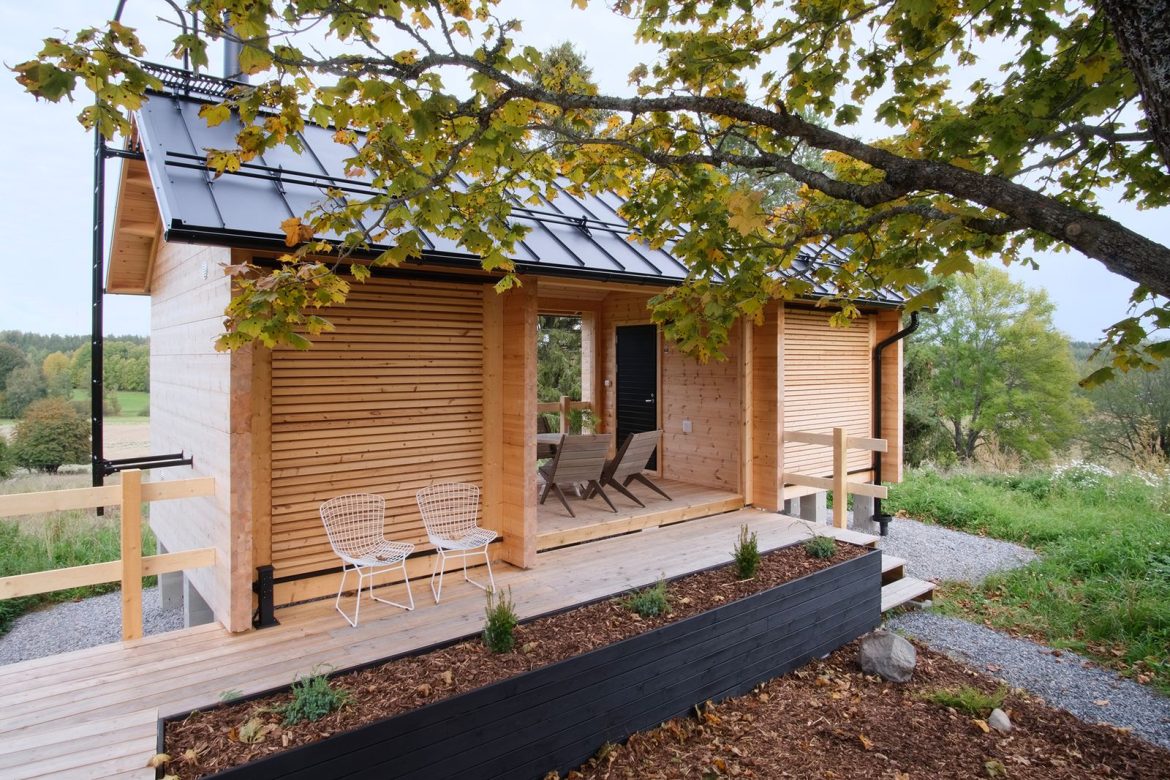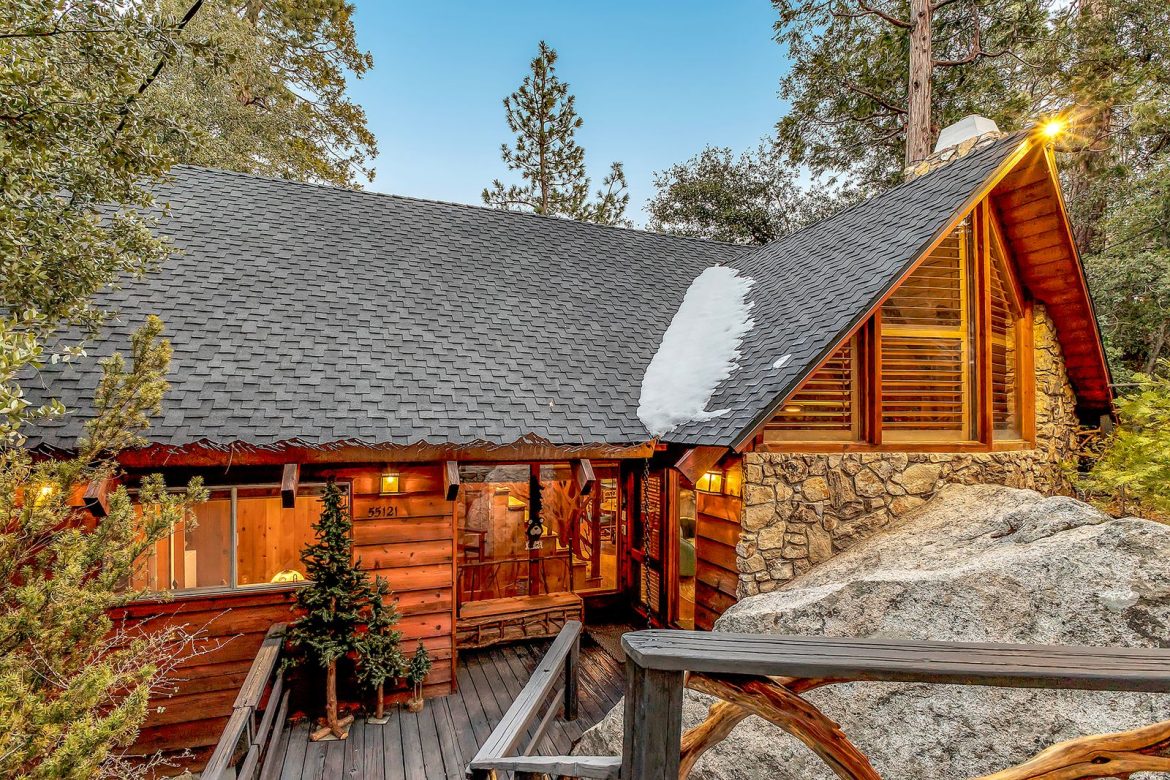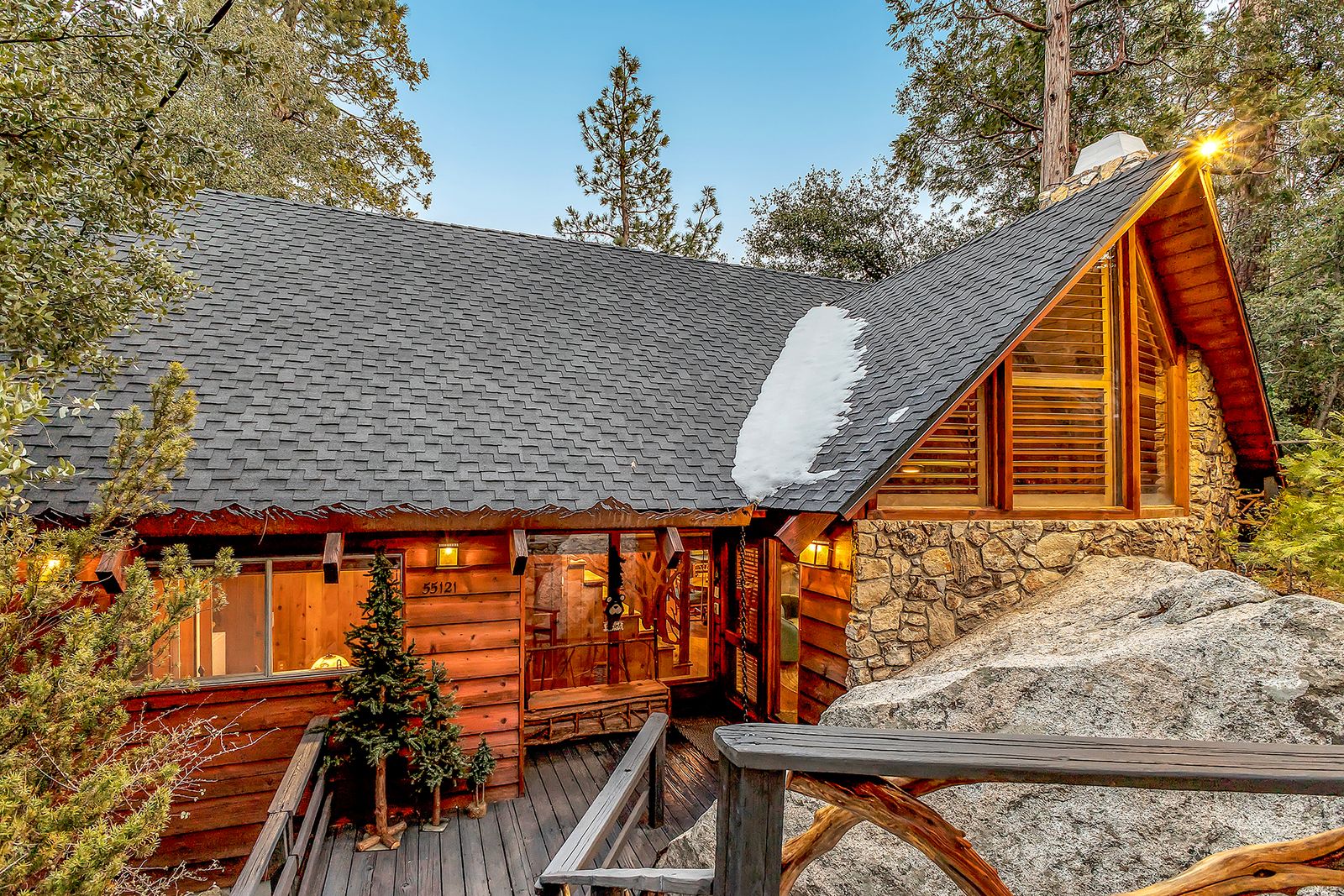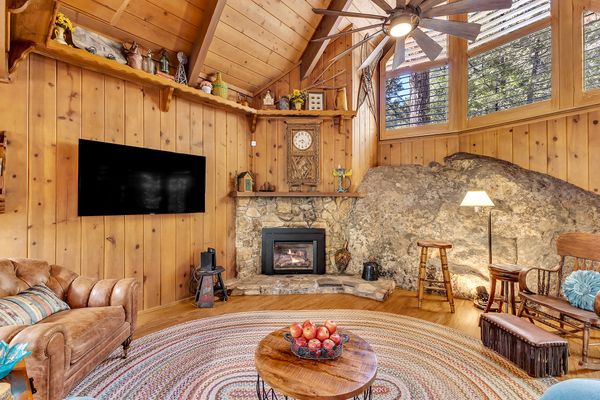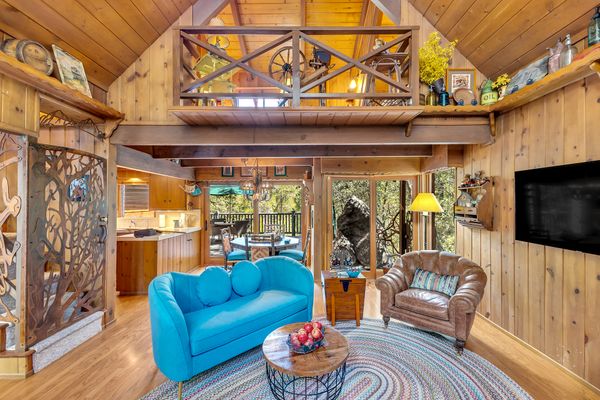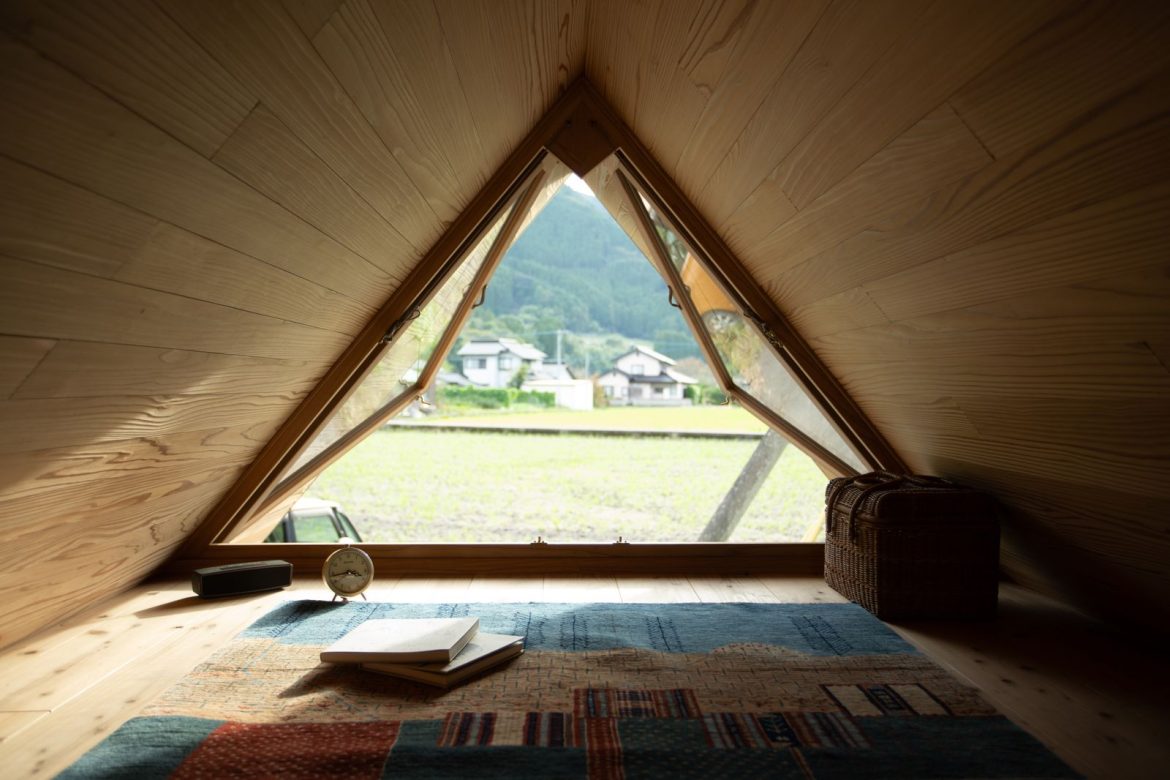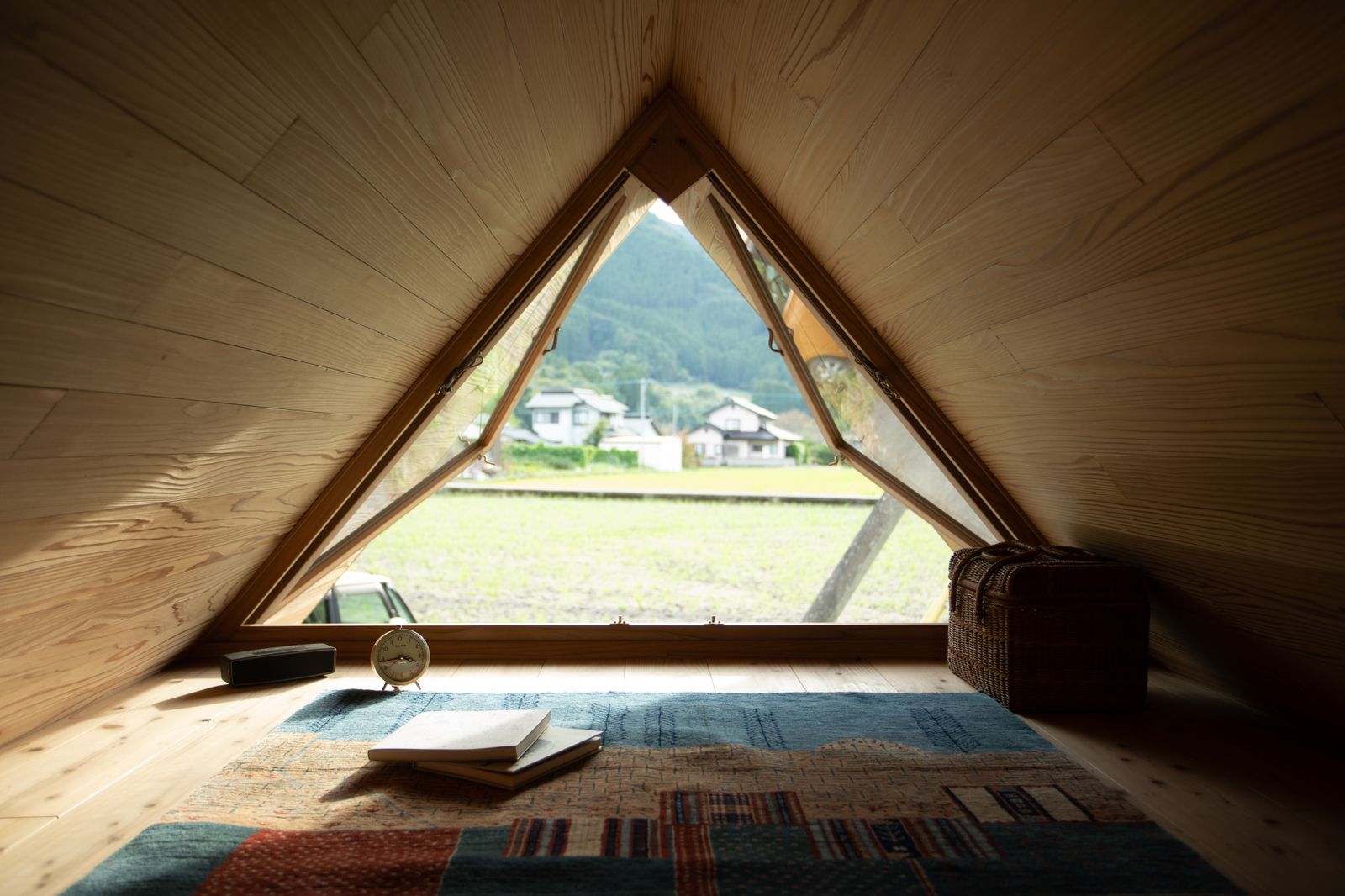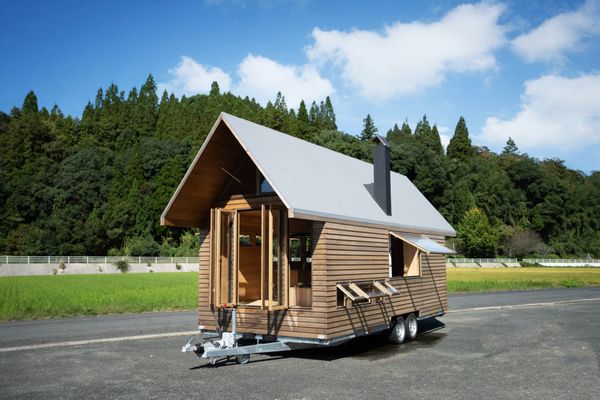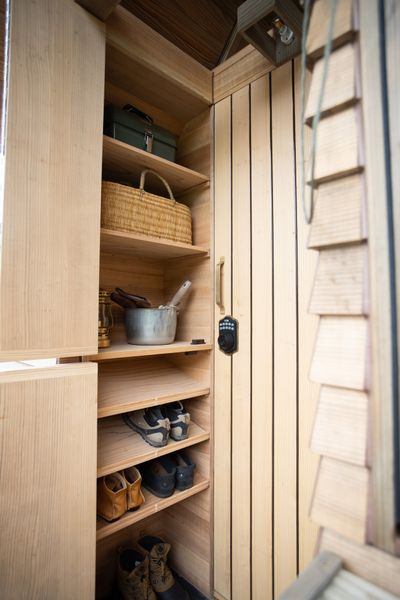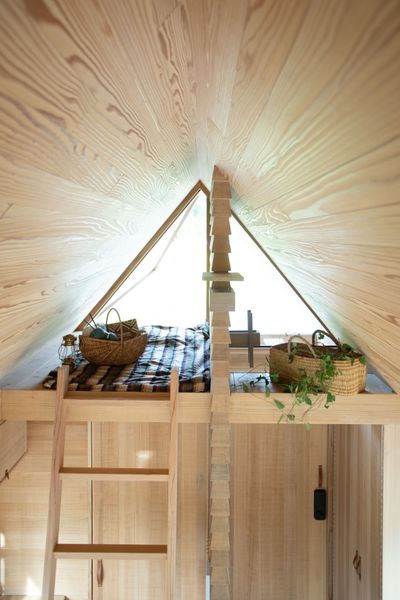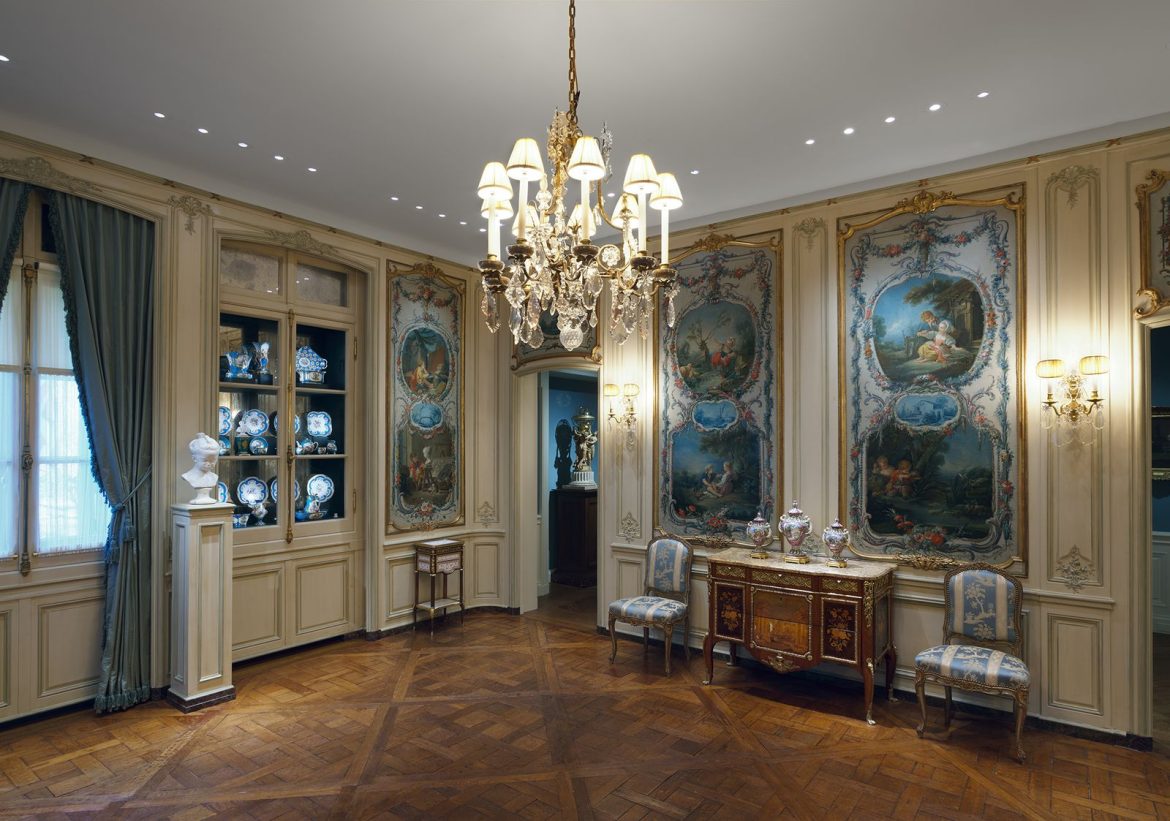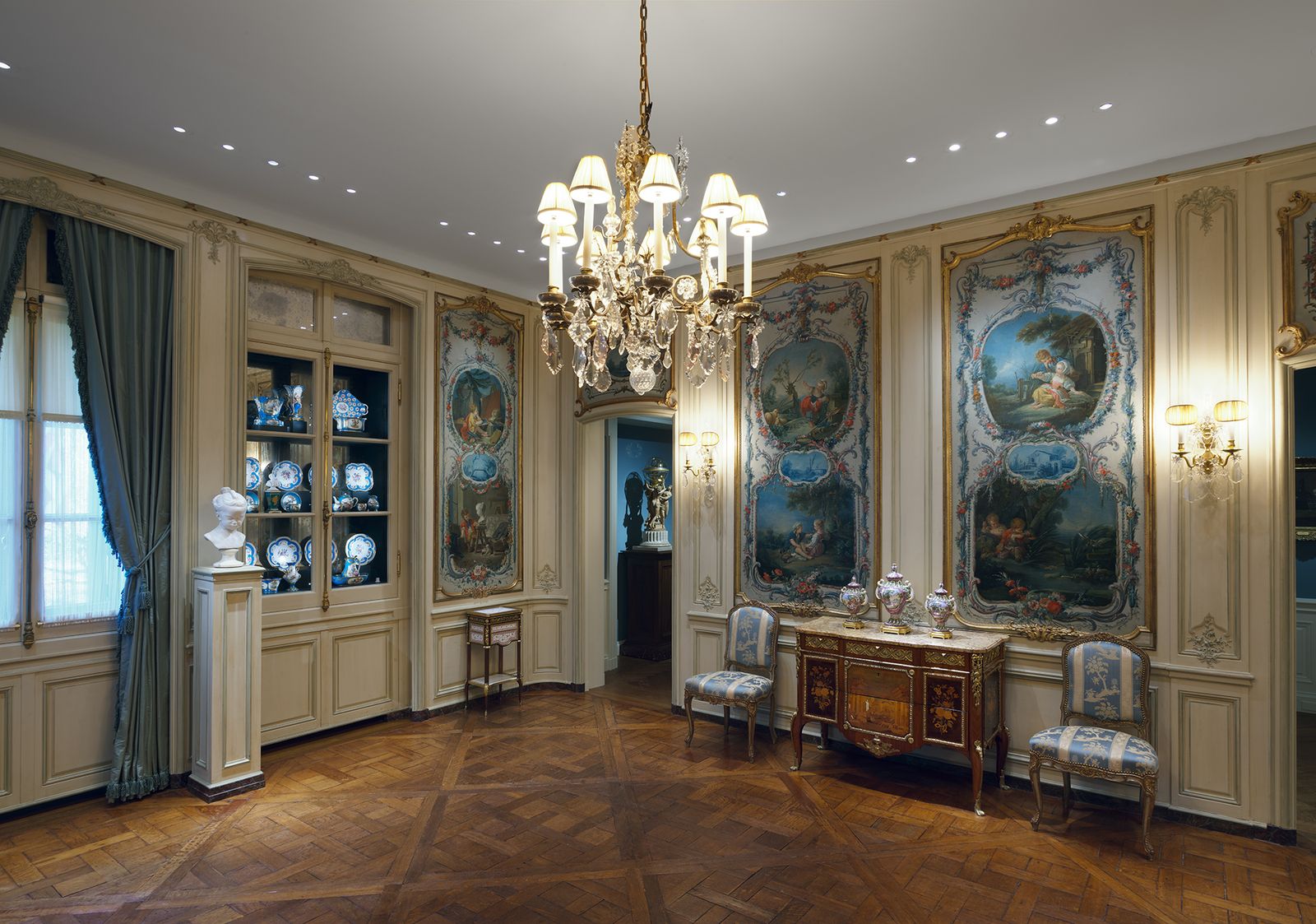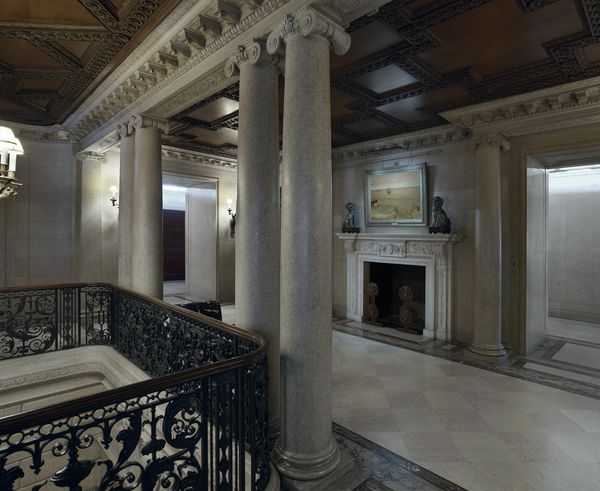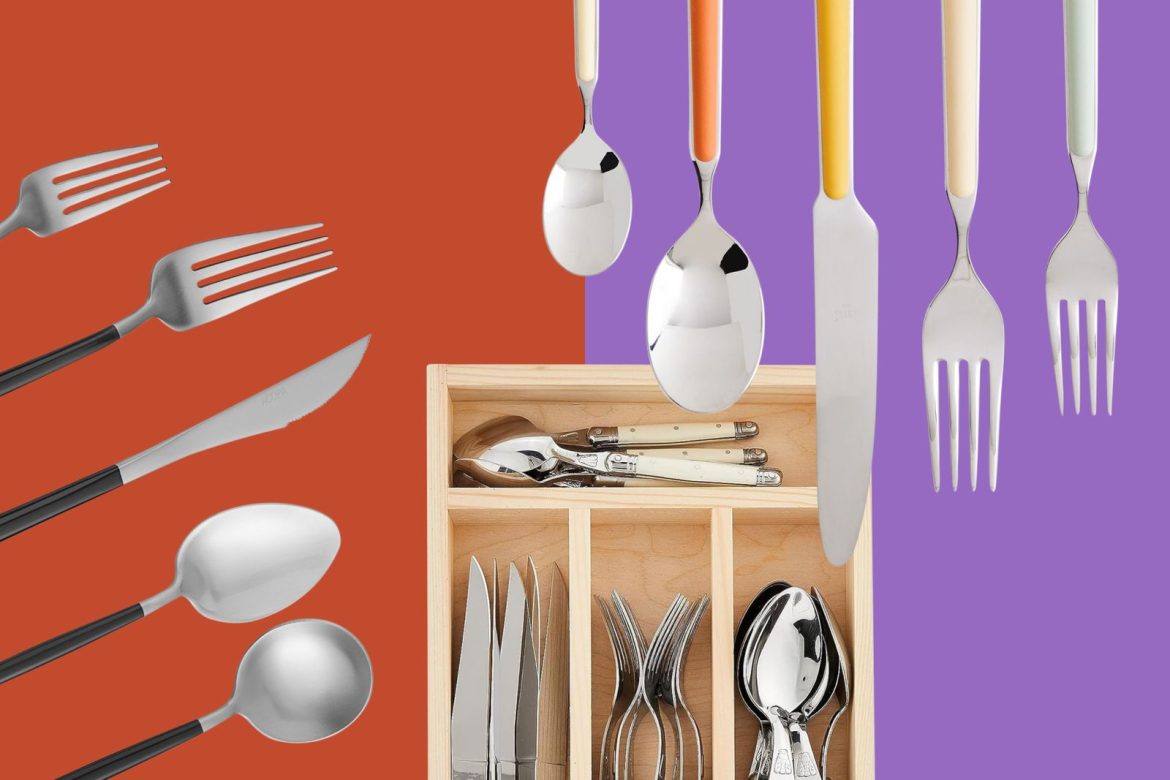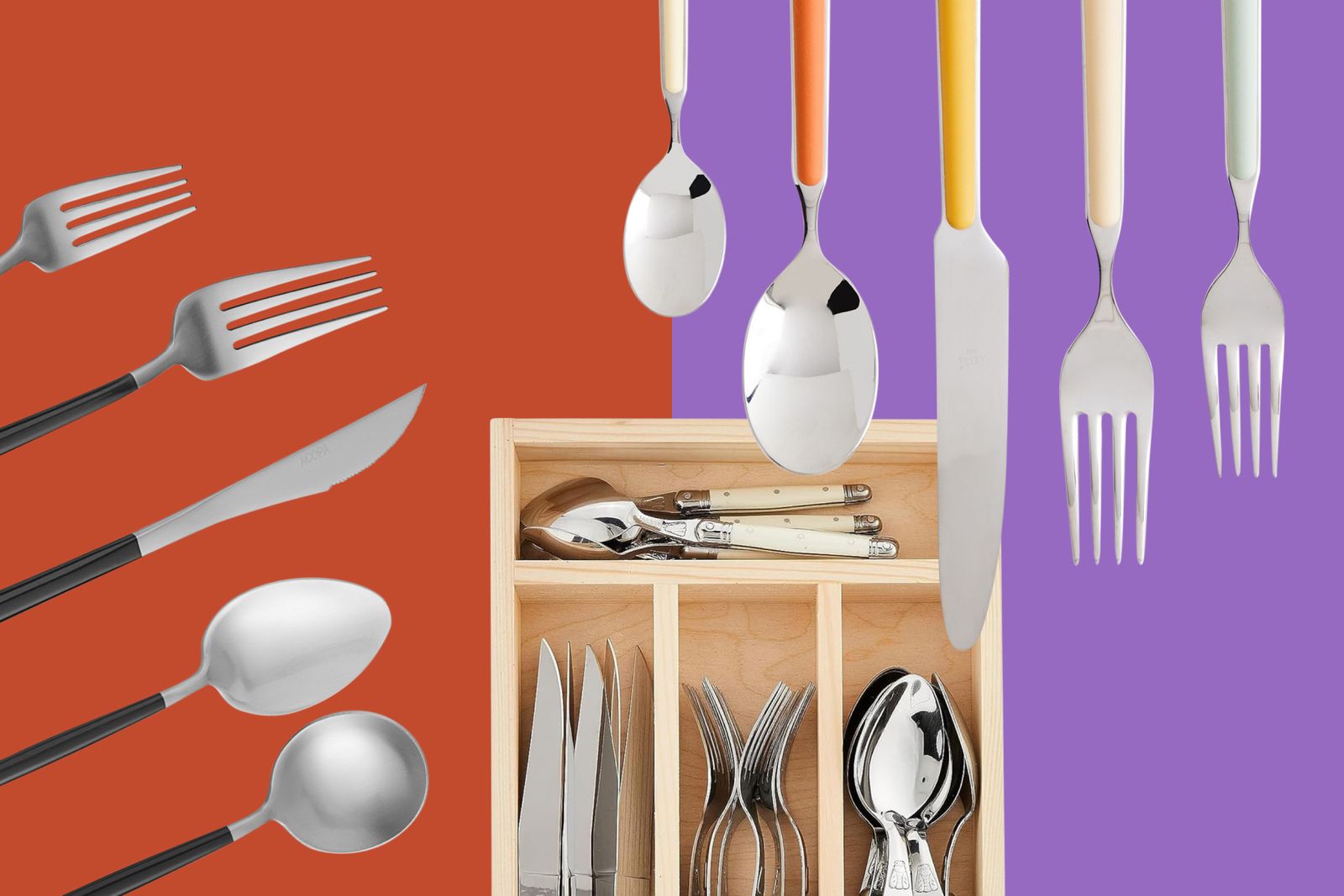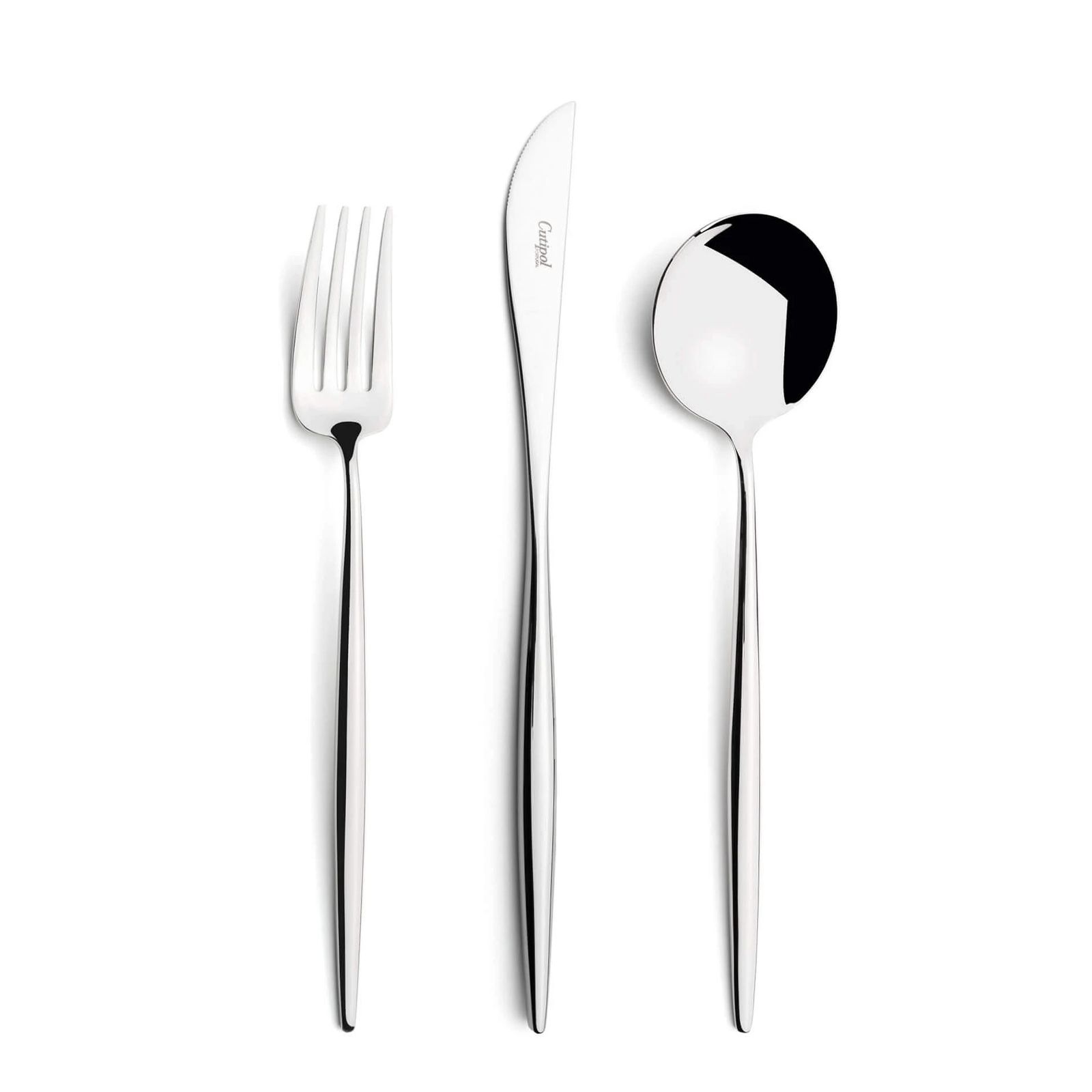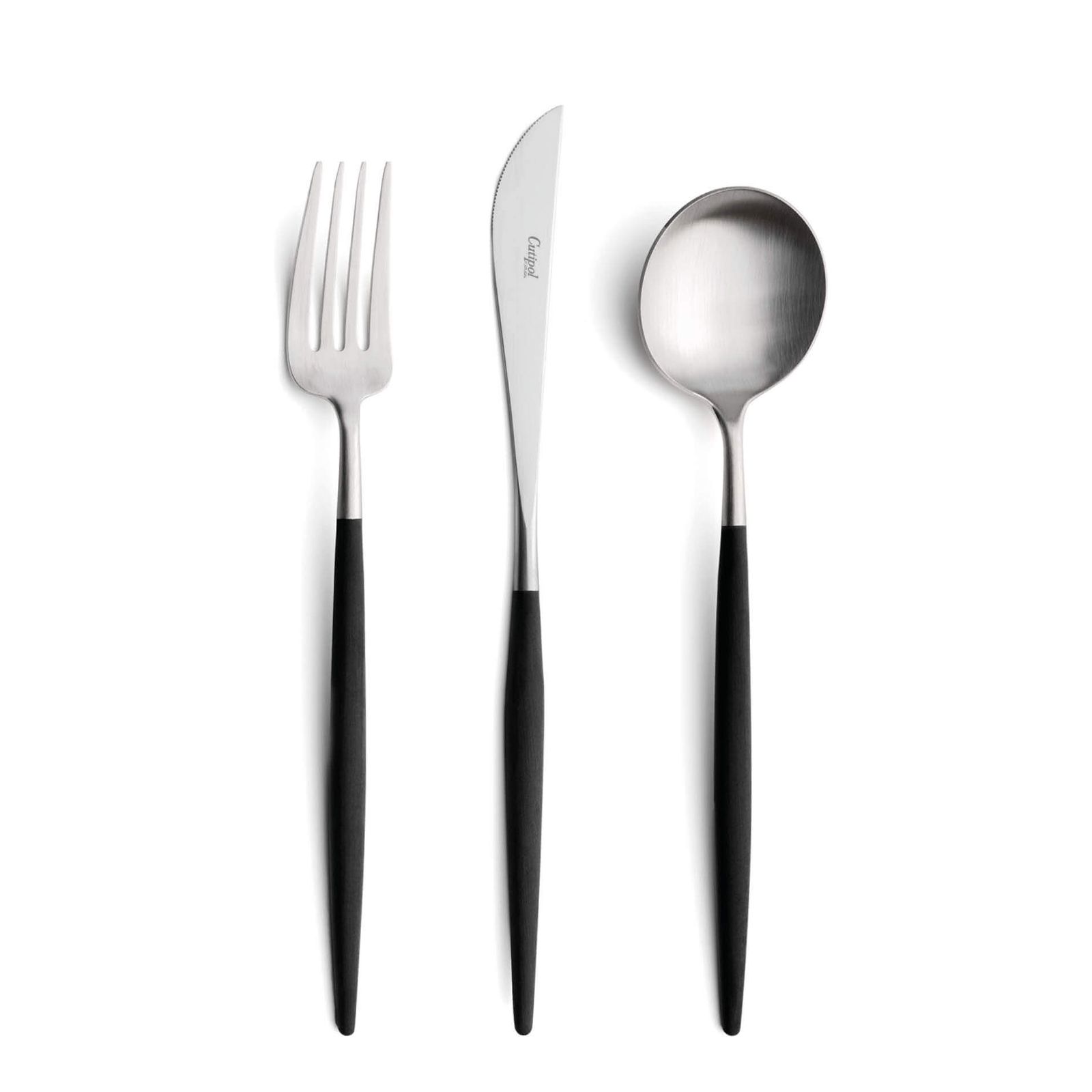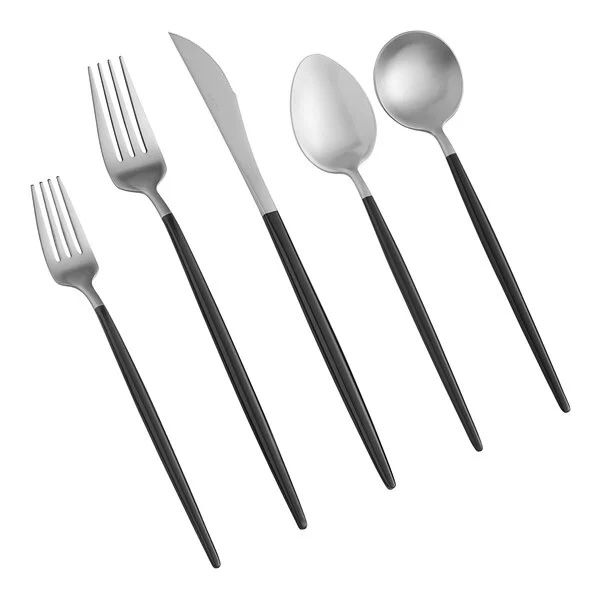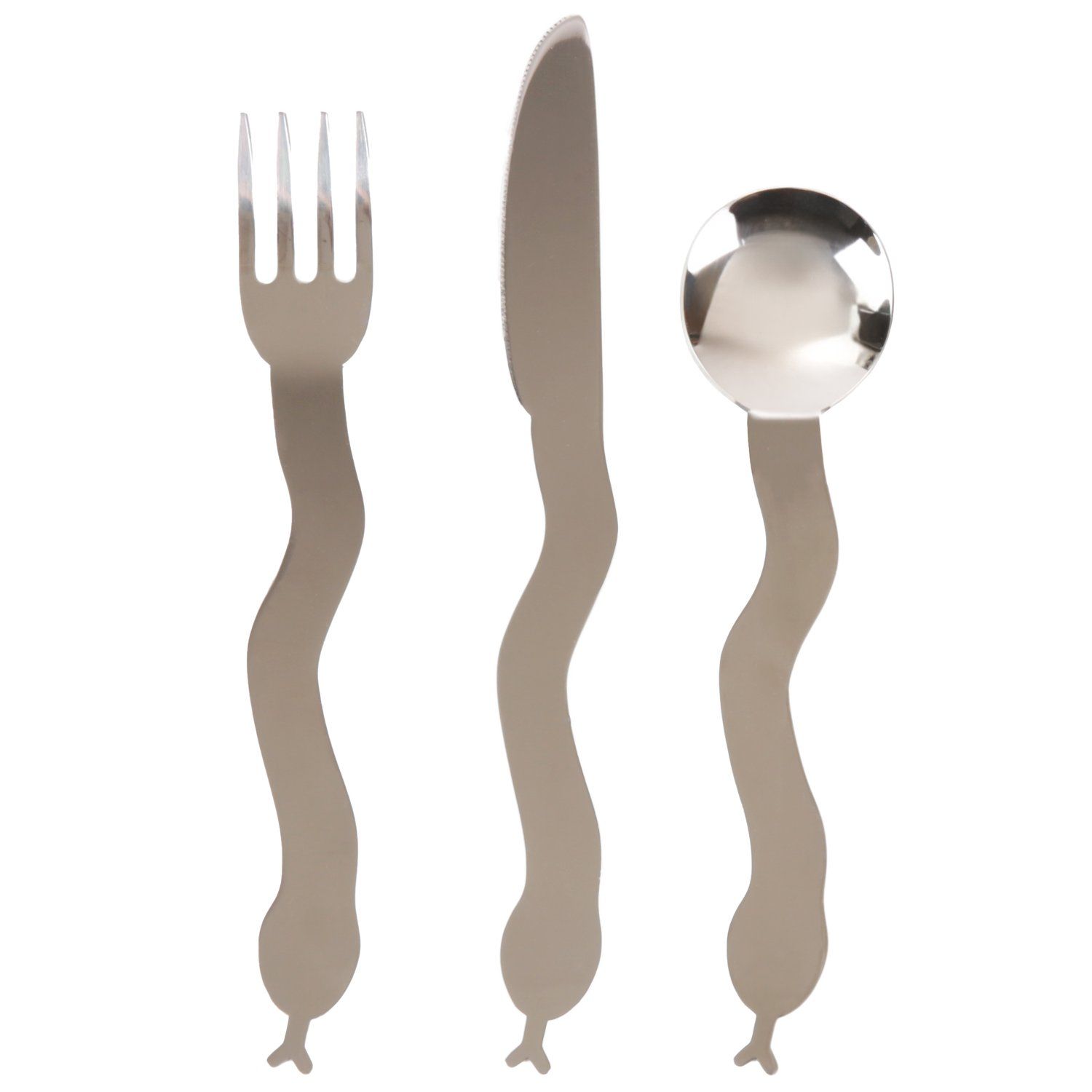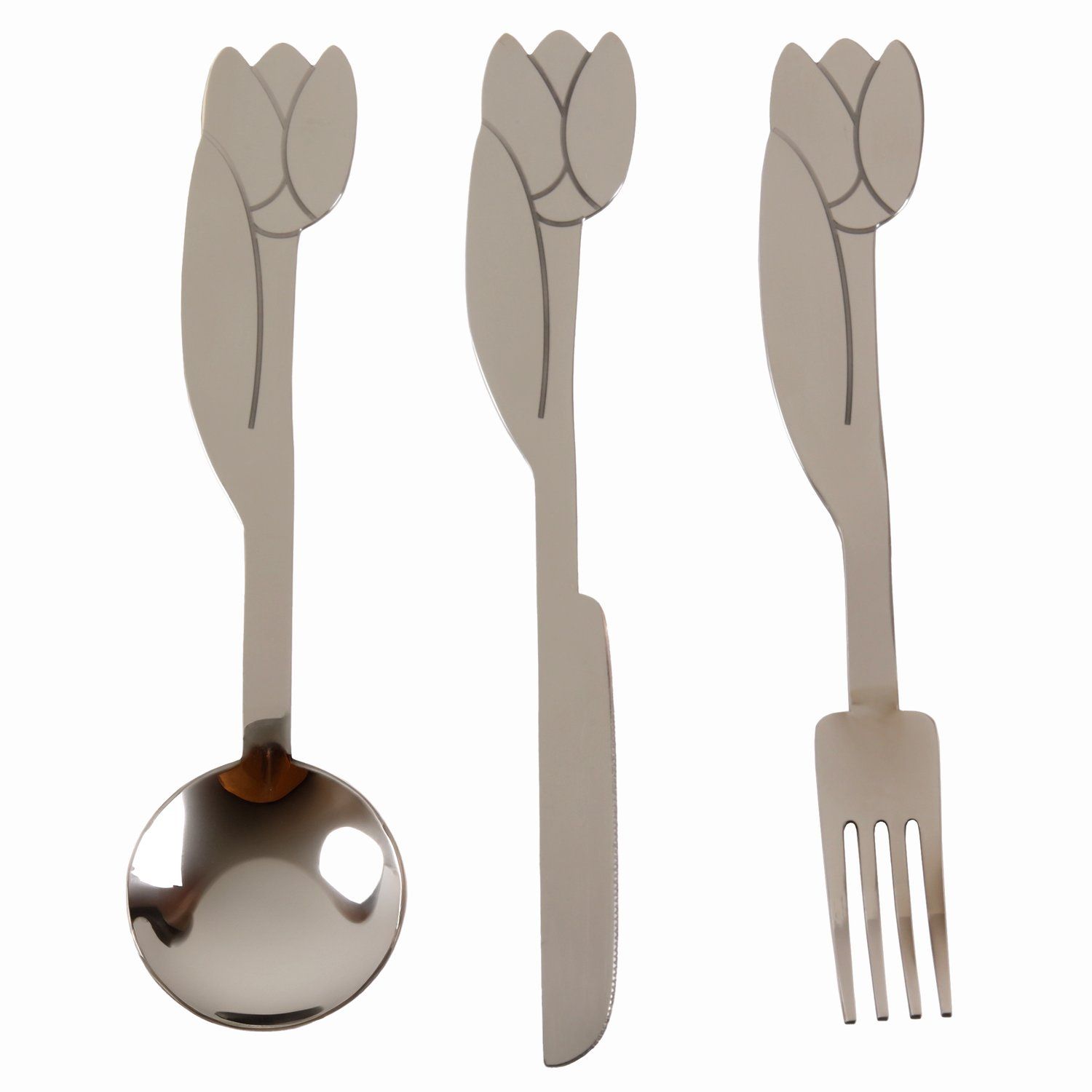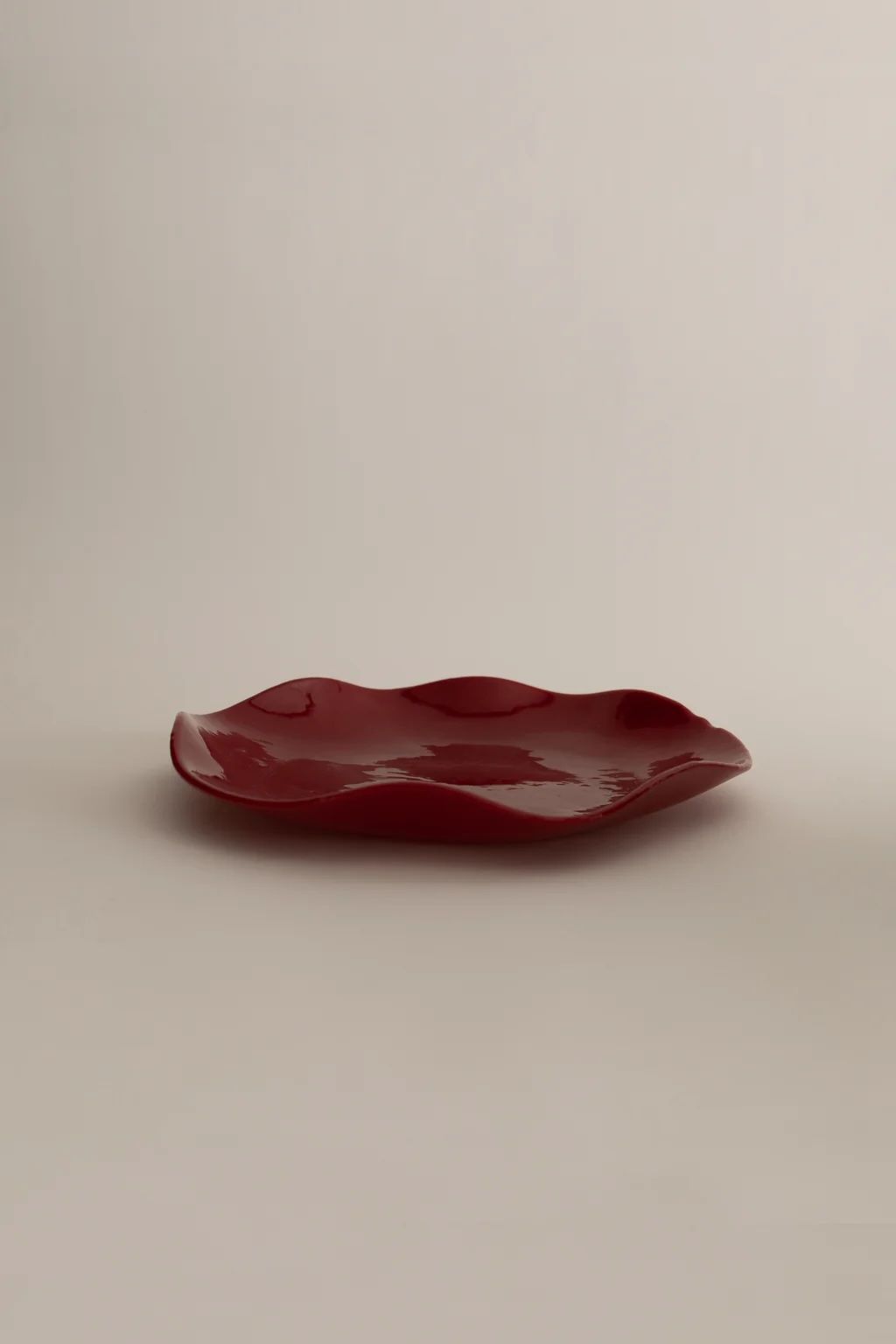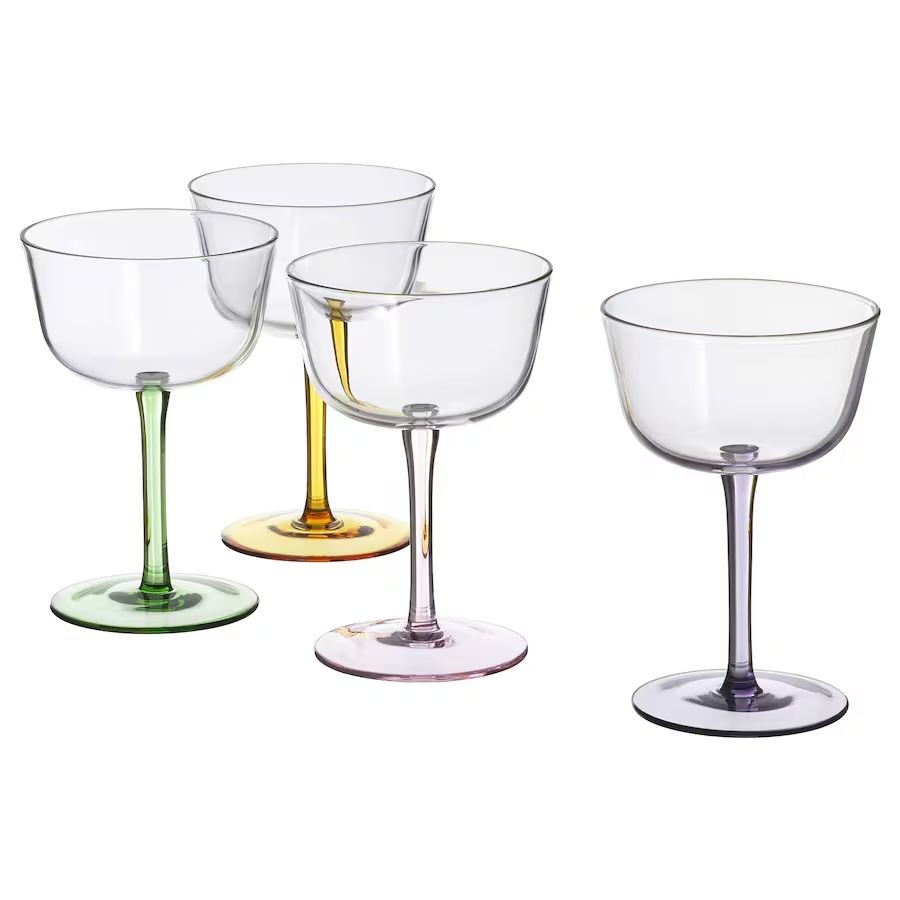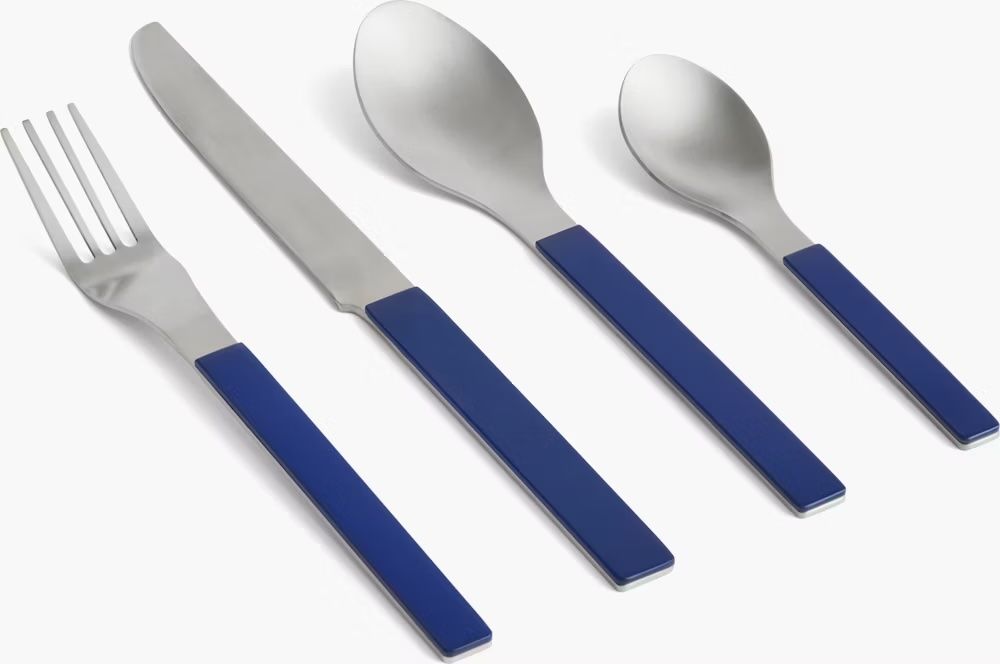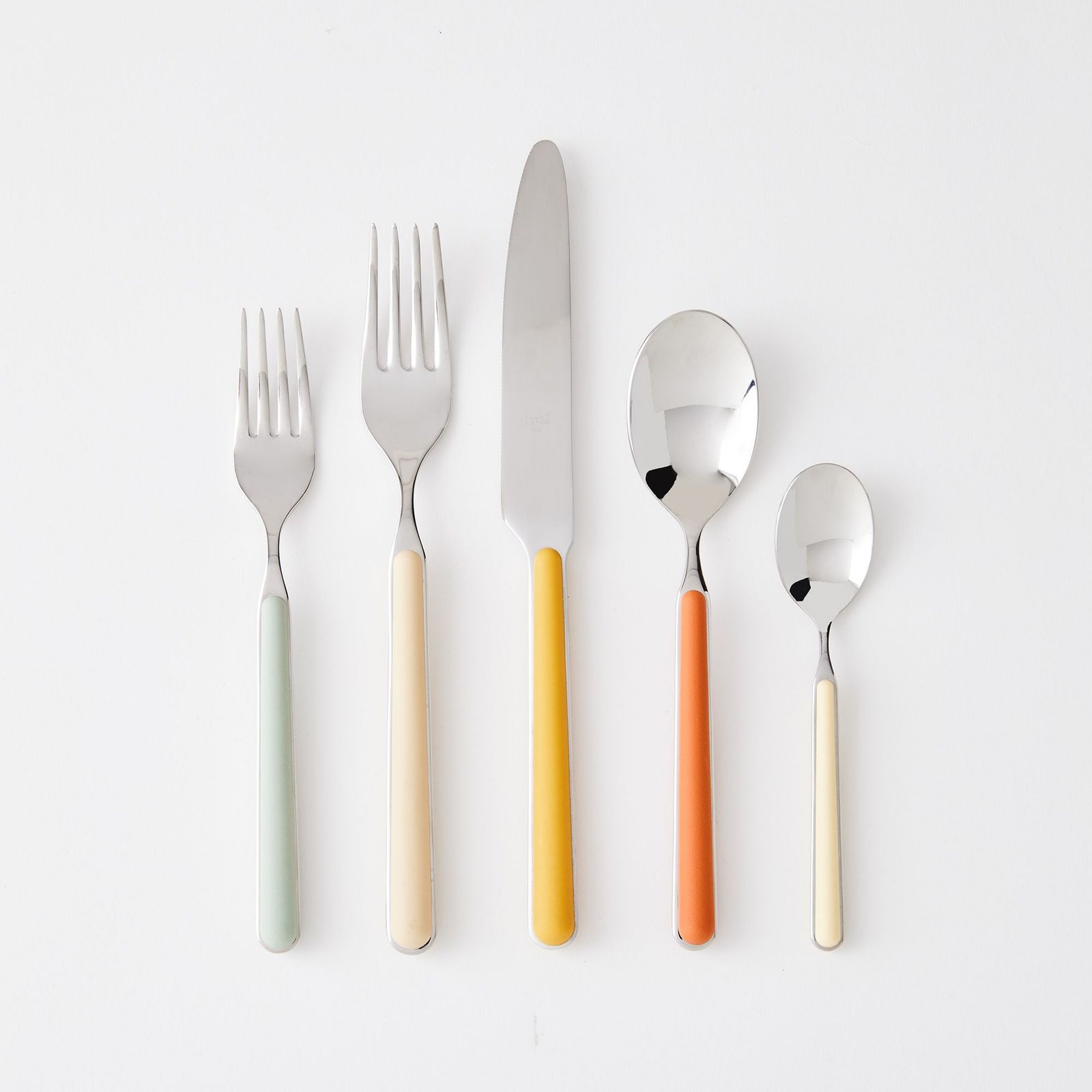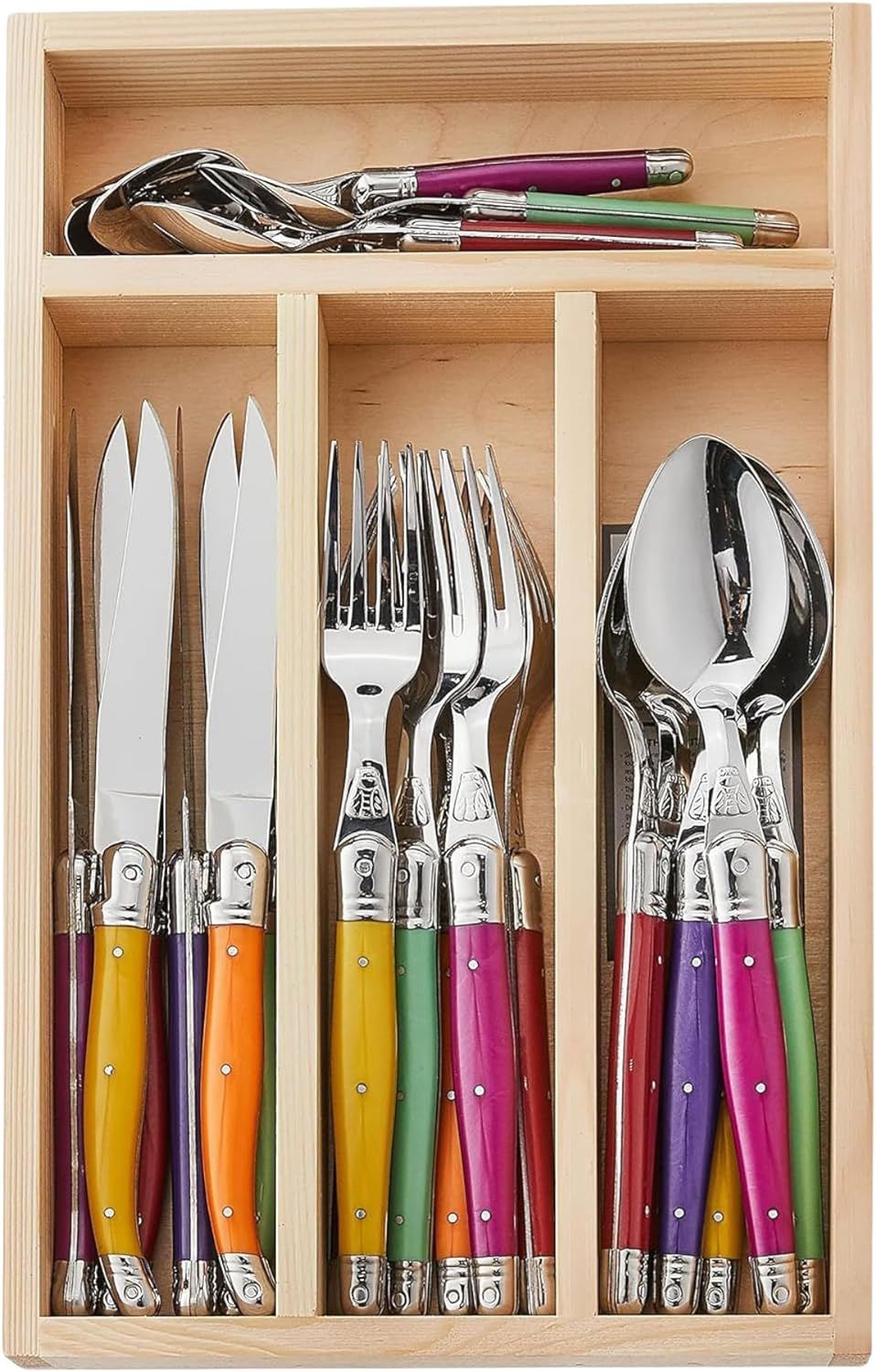Near Helsinki, expat designer Jussi-Pekka Kajaala and Olympic medalist Adam Rippon build a tiny summerhouse dedicated to Finland’s favorite pastime.
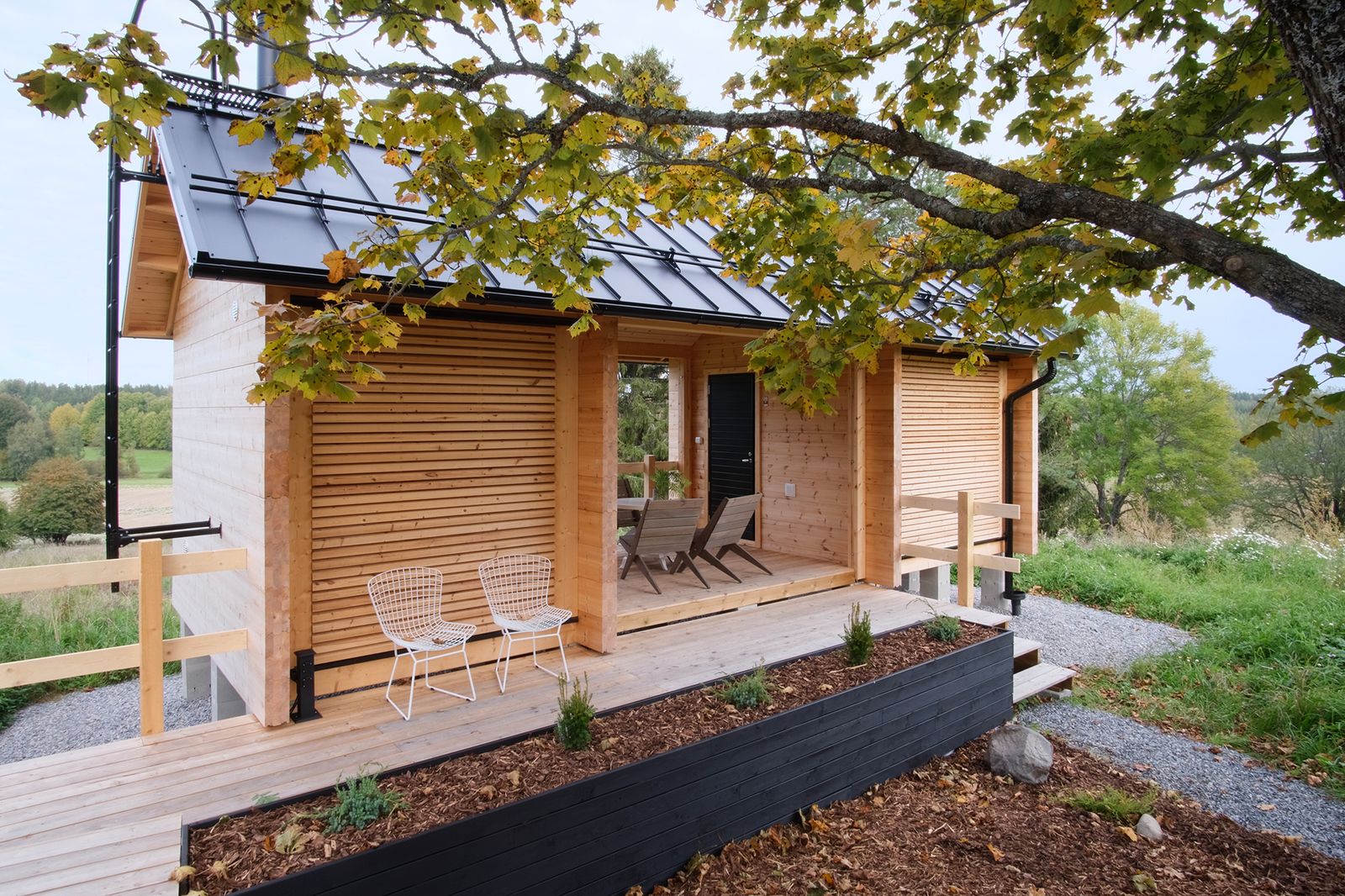
There’s a particular kind of longing that comes with living far from home—and for many expats, it’s important to find a way to stay connected to their culture. For Finnish entrepreneur Jussi-Pekka Kajaala—who founded design studio Super Finnish and is now based in Pasadena, California—that longing lingers in memories of his grandparents’ sauna: the scent of birch smoke, the rituals of sauna culture, and the space to slow down and disconnect from the world.
Before moving to the U.S., he wanted to build a place to evoke these memories, where he and his American husband—Olympic figure skating medalist Adam Rippon—could return to each year to reconnect with Finnish traditions, nature, family, and each other.
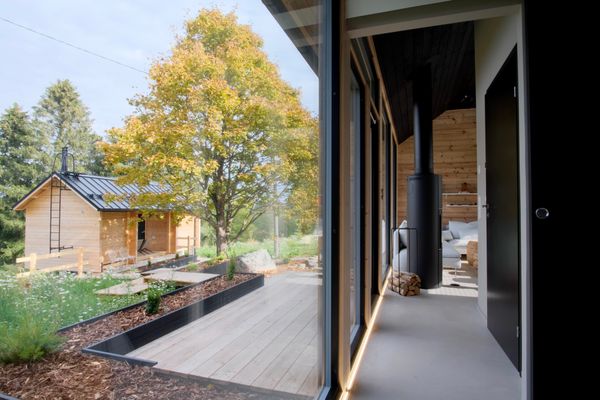
The house is about 520 square feet, and there’s a separate sauna building with a guest bedroom, which is under 200 square feet. The project cost just over $250K—about 5 percent under budget. “Sticking to the budget is one of my favorite challenges,” says Jussi-Pekka. “With my long history in real estate, I understand the importance of keeping costs low, even if I never plan to sell this house. You never know what life brings, and it’s always wise to build with future value in mind.”
Photo by Petri Hiltula
The answer lay in a modest prefab kit mökki (a Finnish summer cottage) with a separate wood-fired sauna, located in the countryside about an hour from Helsinki. Built with his father, the project is deeply personal. A tribute to Jussi-Pekka’s memories of home and love for traditional sauna culture, the retreat—which cost just over $250,000 to purchase and build—is where the couple spend four to six weeks each year, with hopes to one day spend entire summers.

The guest bedroom faces the sunrise, and the sauna is located to the left. A breezeway separates the two spaces, creating distinct functional zones.
Photo by Jussi-Pekka Kajaala
“Our mökki is our own little piece of beautiful Finland,” says Jussi-Pekka. “I always thought having a house in Finland would be important, but living in the U.S. has made me realize just how much it truly means to me. It’s perfect for bringing everyone together. Our little, secret hideaway home is where time stops and worries disappear.”
| $22,464 Land |
$1,080 Ground Survey |
$21,534 Ground Building |
| $8,208 Foundation |
$26,568 Structural Sauna Building |
$44,280 Structural Main House |
| $21,600 Log House Assembly |
$2,631 Flooring |
$6,958 Plumbing |
| $16,837 Electrical |
$864 Paint |
$1,080 Ceiling |
| $3,583 Fireplace & Chimney |
$2,106 Air-Source Heat Pump |
$1,938 Sauna Stove & Chimney |
| $324 Sauna Benches |
$1,296 Fireplace & Sauna Stove Installation |
$734 Water Heater |
| $5,626 Waste Water System |
$4,717 Well |
$6,373 Kitchen |
| $2,700 Countertops |
$3,451 Appliances |
$2,721 Bathroom Furniture |
| $1,991 Bathroom Tiles |
$1,359 Bathroom Tiling |
$864 Lighting |
| $921 Walk-In Closet Cabinetry |
$1,674 Interior Doors |
$5,400 Furnishings & Decor |
| $1,751 Permits |
$9,304 General Contractor |
$1,348 Electrical & Plumbing Plans |
| $502 Landscaping |
$1,080 Waste Recycling |
$8,640 Patios |
| $2,075 Shipping Container Storage |
$10,800 Misc (“this & that”) |
|
| Grand Total: $257,390 | ||
Returning to My Roots
Jussi-Pekka Kajaala: I live in the U.S. now with my husband, but I wanted a place in Finland to return to every year—a place that felt like home. Building this house and sauna was my way of holding on to my heritage. I grew up immersed in construction, as my family has always worked in the industry. I started flipping apartments in my twenties, and I loved the process of renovation. But this was the first time I built something entirely from the ground up.
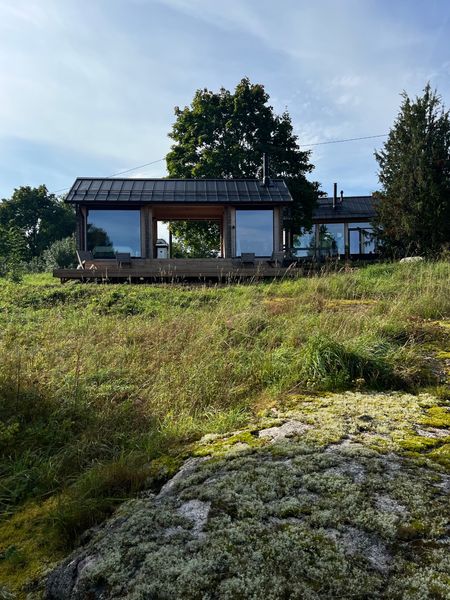
A view of the sauna and guest bedroom from the field. “The moss on the bedrock is protected, and the bedrock is surrounded by natural meadows,” says Jussi-Pekka. “Butterflies, insects, and wild animals thrive here, with many deer frequenting the area.”
Photo by Jussi-Pekka Kajaala
See the full story on Dwell.com: Budget Breakdown: This $250K Prefab Cabin Is an Ode to the Finnish Sauna
Related stories:
